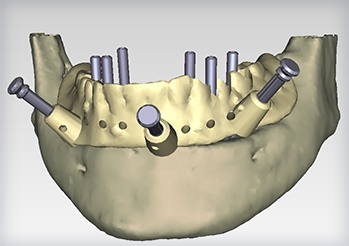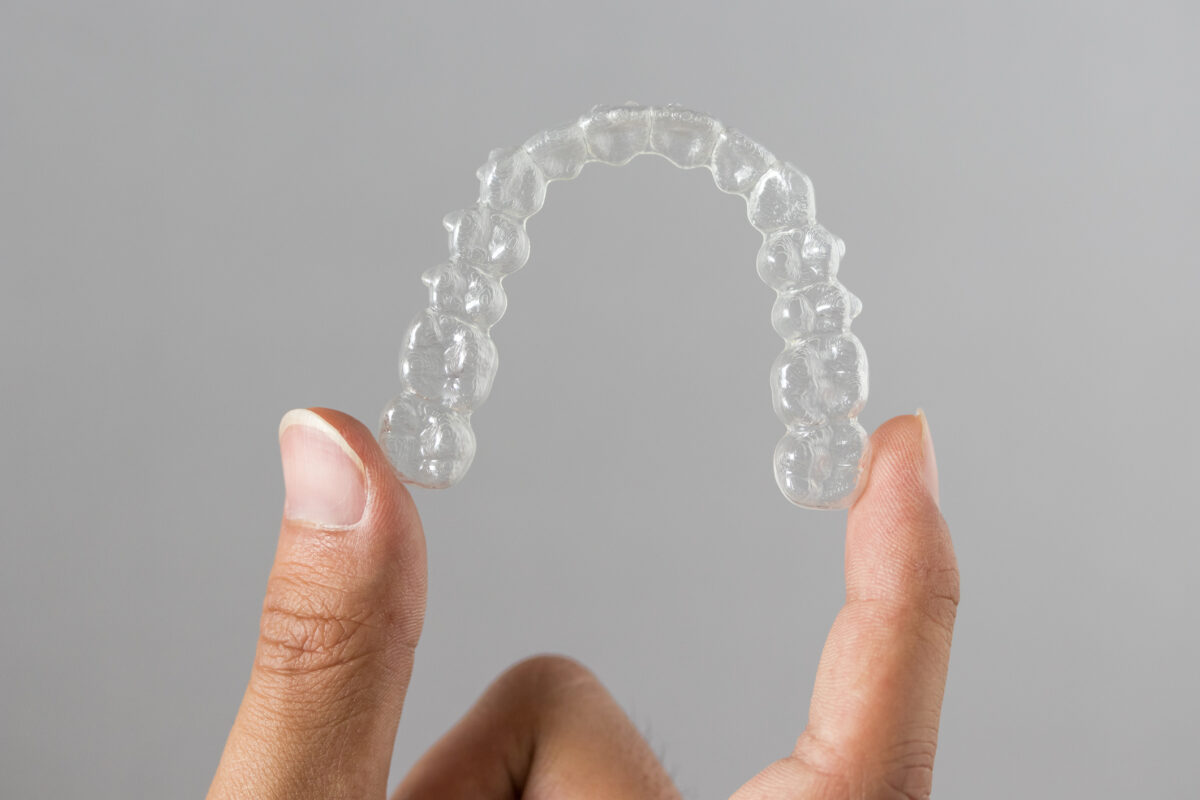
Actual Patient
Cosmetic Dentistry in McLean, VA

Elevated Cosmetic Dentistry
At Siranli Dental, cosmetic dentistry is elevated from procedure to art form. Known for aesthetic excellence and personalized care, we help patients achieve their perfect smiles.
Whether you seek a subtle enhancement or a dramatic transformation, our award-winning cosmetic dentists in McLean offer the expertise, technology and attention to detail needed to bring your ideal smile to life.
Porcelain Veneers
Porcelain veneers are an elegant solution for those who want to overcome smile imperfections such as the shape, size or color of their teeth. Each veneer we place is individually designed and crafted to complement your unique facial features and natural beauty.


Dental Crowns
When a tooth is cracked, weakened, or discolored, a crown can restore its strength and appearance. Whether for function or aesthetics, we craft beautiful crowns that fit perfectly and blend seamlessly with your natural teeth. Thanks to our in-house lab, your crown can be completed in just one visit.Dental Implants
Dental implants are a modern, natural-looking solution for missing or failing teeth. Each implant is carefully designed and precisely placed to complement your facial features and smile. With every detail customized to you, the results look beautiful and feel just like your teeth.

Invisalign®
Invisalign is a discreet, nearly invisible way to straighten teeth without the look and discomfort of traditional metal braces. From your initial consultation to your last clear aligner, we expertly guide your Invisalign journey to a more confident smile.Teeth Whitening
Interested in a brighter smile? In just one visit, professional teeth whitening can deliver results that would take days or weeks using at-home solutions. In-office whitening treatments are a safe and effective way to regain your radiant smile.


Schedule Your Consultation
Whether you’re ready to transform your smile or simply have questions, schedule a consultation by calling (703) 734-0100 or book online.
